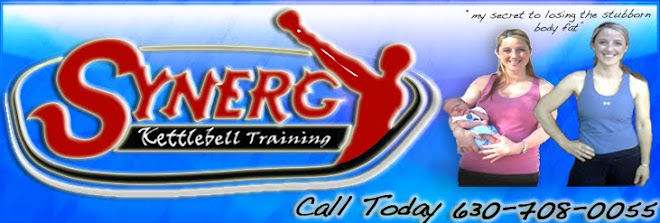Some folks who live remotely from me have been asking what to do, who to turn to, and what instructional material I would suggest getting to start Kettlebell training. Of course I would recommend finding a certified AKC and/or IKFF Kettlebell Coach to provide you with the proper form instruction as well as program design. It’s one thing to know how to use the bells and/or equipment when you’re exercising, but it’s another to know how to properly and efficiently program design. Additionally Steve Cotter has a great, great series on DVD called the Encyclopedia of Kettlebell Lifting Volumes 1 and 2. Steve Cotter is a great teacher. I have been mentored by him and am ongoing as well.
From there you can purchase the American Kettlebell Club (AKC) Pro-Grade Kettlebells right from my website. The prices are the ones set by the AKC.
These are the only bells I use and the exact ones time tested and proven in competition arenas worldwide, testing labs, many gyms, and my living room every day. The handle is made universal in size (32 or 33mm) and so is the bell. The size bell is the exact same no matter what weight it is from 8kg to 60kg. They just fill the core more with denser steel. This way your form will not change as you move up in weight. That's exactly why they use them in competition too. They are much safer and functional. The other style bells (iron based) get bigger as the weight gets bigger and so does the handle. Also the shape of the handle is not very good when performing the main lifts.
From there all you will need is 2 different weight bells at the very least to get you started. I recommend a 16kg and 20kg for men and an 8kg and 12kg for women. You could stick with both of these for a very long time. With Kettlebell training you do not jump up in weight simply because you can perform 15 or 20 reps of a given movement. You do 2 things before you move up in weight. First is you increase the time and next is the reps per minute. Your goal is to perform the 3 main traditional lifts from 1-10 minutes. The lifts are: Snatch, Jerk, Long Cycle (clean and jerk). Anything beyond that can be supporting lifts or movements. You want to be able to perform these lifts during your pre-determined set amount of time with only one hand switch. This is where the challenge is and where the benefit comes. It strengthens your muscles, joints, tendons, nervous system, and mind more than any other style of training or equipment due to the focus on strength endurance.
When performing your set think of a marathon runner. He/she would not start out their race by sprinting or going too quickly. If they did their race would be over because they burnt themselves out early on. Same is true for Kettlebell training. Your goal is to last the full time limit without stopping. That is where your pre-determined time meets your pre-determined pace. Start off with a given pace and end up with the same pace. As the weeks and months go on and you get better then you simply increase the time first till you reach the 10 minute mark and then increase the reps per minute. Then lastly is the weight. There is much more to it, but that’s essentially the pattern in a nutshell.
Once you can perform each of those lifts for the full 10 minutes with one hand switch at a controlled, but respectable reps per minute range, then you increase the weight. You see why it might take you months or longer before you move up in bell size. That's the beauty in Kettlebell training. It's a great thing and delivers above and beyond expectations if and only if the practitioner is consistent and keeps it simple.











2 comments:
Bob - thanks for posting. I find you stuff interesting, insightful and most of all helpful! Keep it up.
Great post, Bob!
Post a Comment